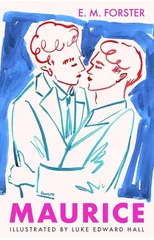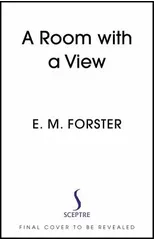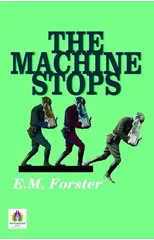Where Angels Fear to Tread by E.M. Forster, Fiction, Classics
(Author) E M ForsterNo, Mother, Lilia was really keen on going to Italy said Philip, finding the situation full of whimsical romance. There was something half attractive, half repellent in the thought of this vulgar woman journeying to places he loved and revered. But why should she not be transfigured by her journeys? The same had happened to the Goths When a man or woman is neither well-bred, nor well-connected, nor handsome, nor clever, nor rich, what chance does he or she have for success, in turn-of-the-century England -- at least in that portion of London society almost ridiculously proper and well-behaved? The Philistines, the vulgar, the ones talented in making absurd impressions when in public . . . could they do well for themselves? Horrid thought The author of A Passage to India, E.M. Forster published his clever and incisive novel on English manners, Where Angels Fear to Tread, in 1905.
E M Forster
E. M. Forster (1879-1970) was an English novelist known for his exploration of class differences and human relationships. His most notable works include "A Room with a View," "Howards End," and "A Passage to India." Forster's writing style is characterized by its clarity, wit, and insight into the complexities of human emotions. He is credited with portraying the inner lives of his characters with sensitivity and depth. Forster's contributions to literature include his exploration of themes such as imperialism, social injustice, and the struggle for personal freedom. His most famous work, "A Passage to India," is considered a masterpiece of modernist literature and continues to be studied and celebrated for its poignant portrayal of the clash between British colonizers and Indian natives. Forster's work has had a lasting impact on the literary genre of the novel, influencing generations of writers with his thoughtful exploration of the human experience.




